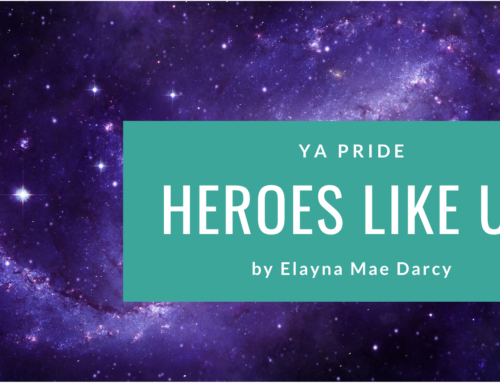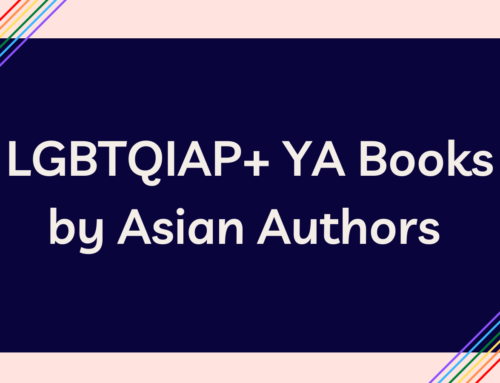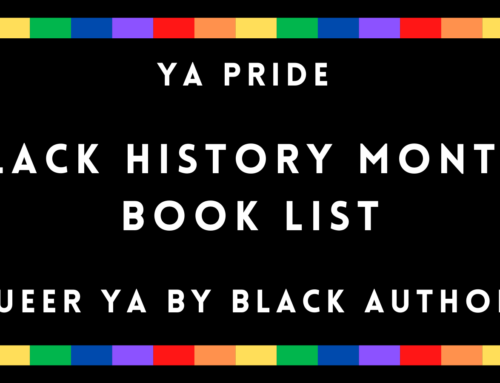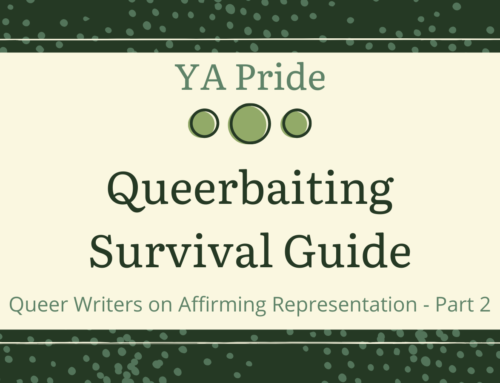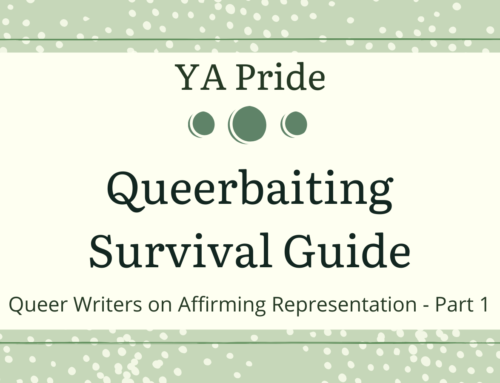by Casey Lawrence
This past May my first book, Out of Order, was published through Dreamspinner Press’s YA branch Harmony Ink. My first foray into queer YA has been, on the one hand, a whirlwind of excitement, and on the other, a huge let down. My book will never be a New York Times Bestseller, and I’ve made my peace with that. It will never win awards, sit on Indigo shelves, be translated into a dozen languages. This isn’t because my main character is a biracial, bisexual teenaged girl or because my writing style is still growing, still changing from day to day. I think, ultimately, it’s because I didn’t think big enough.
My main character, Corey Nguyen, is a bisexual WOC in small town USA. Her experiences are not like my own, but I still drew on my high school memories to write her story; her high school had a GSA only because she pushed for it. It was small, inadequate, and none of its members supported or relied on each other. The book only has two central LGBT characters, Corey and Kate, and neither of them have any experience being queer. They’re still figuring things out, just like I was in high school.

Out of Order by Casey Lawrence (Harmony Ink, 2015)
So I’ll admit it: with Out of Order, I fell into certain stereotypes. I didn’t even know that some of them were stereotypes, like that f/f romances in YA never have happy endings. But I fell into the traps that have been set up for people like me by years of precedence: Confused Bisexuals. Ambiguously Bi. The One Exception. Turned Gay. All of these things are tropes I didn’t know I was using, clichés drawn on for lack of a bigger understanding.
I’m working on doing better now, but this is something I will always struggle with as an author of queer YA; how far is too far? How can I make this as diverse as possible without alienating a huge segment of potential readers?
Writing a sequel to a book you’re not entirely happy with anymore is incredibly difficult. In my case, I’ve been struggling with it for longer than it took me to write the first one. But there are some things I feel I’m obligated to fix now. Corey deserves a second shot at this, a second chance to break down the barriers that have been placed around her as a bisexual YA character. I want to address the issues that she and I both face every day, but I have to do it without making my book an Afterschool Special. With YA, you have so little space to work with to do all of the big things you want to accomplish.
I’ve changed so much since I graduated high school. I’ve realised that in the real world, when you’ve not grown up with the same group of kids for years and years, queer people flock together. Pride groups and GSAs exist but so do gay bars, LGBT bookstores, online communities. There are good things out there, and bad things too. Bisexual erasure, biphobia, mental health stigma. The events of my first novel have left my protagonist in a unique position; university won’t be a fresh start for her to explore this new world. She has so much baggage to drag along with her, baggage I never had to carry, which is what’s making my Big Gay Sequel so hard to write.
My cast of characters has multiplied and diversified. My fictional world has grown wider and deeper. And yet I don’t feel satisfied. No matter how many gay, lesbian, bi, and trans characters I add, I feel like I should be doing more. That my work should be making some grand statement. That I’m not doing enough.
And so my Big Gay Sequel is slowly becoming my Little Bisexual Follow-Up instead. The thing about sequels is that they need to be able to stand alone, to be just as entertaining and authentic as the first story, and to add something new and fresh. I’m probably never going to win any of the big awards or be a household name. But that’s okay as long as I like what I’m writing and I am satisfied that I’m doing the best I can.
It doesn’t have to be big. It just has to be right.
—
Keep up with Casey Lawrence on her Twitter!
